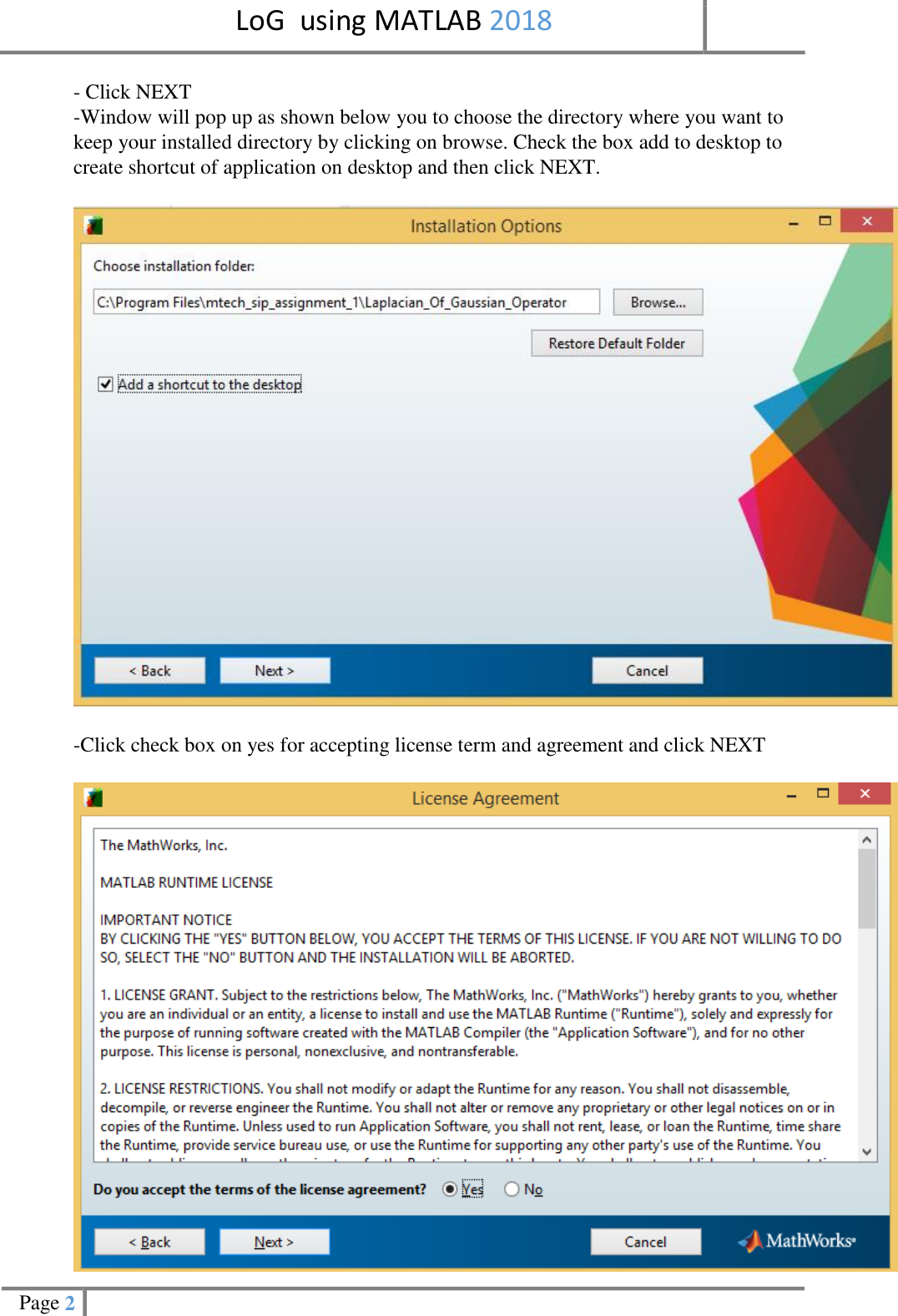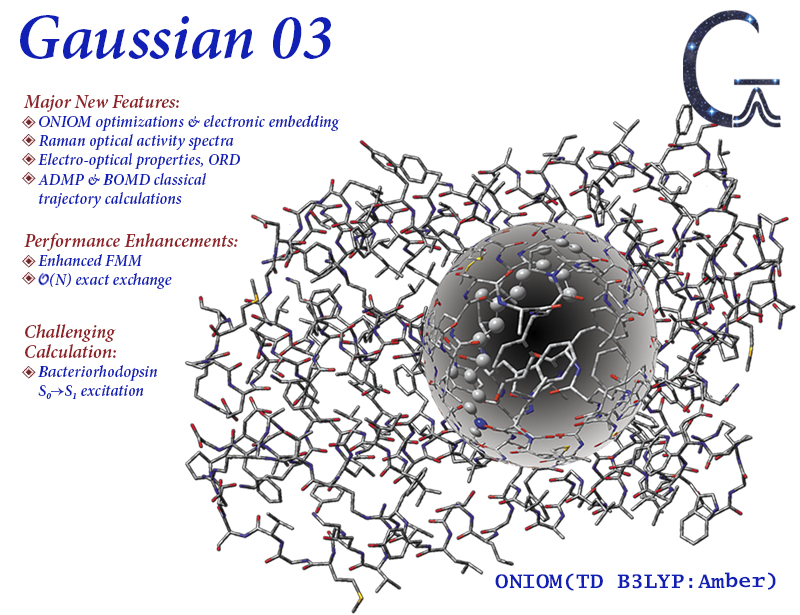
On the first tab of the model, choose the Gaussian family of equations and then the Gaussian equation. Click Analyze, and choose nonlinear regression. Also choose to plot the data as an XY graph of histogram spikes.ģ. In the frequency distribution dialog, choose to create the frequency distribution (not a cumulative distribution). Prism can superimpose a frequency distribution over the histogram.ġ. Another approach is to examine the frequency distribution or the cumulative frequency distribution. See alsoExternal links.Why fit a Gaussian distribution to your data?ĭoes your data follow a Gaussian distribution? One way to answer that question is to perform a normality test on the raw data. Time Series MTExact ML estimation of VARMAX, VARMA, ARIMAX, ARIMA, and ECM models subject to general constraints on the parameters. Nonlinear Equations MTSolves systems of nonlinear equations having as many equations as unknowns.

Maximum Likelihood MTMaximum likelihood estimation of the parameters of statistical models. Loglinear Analysis MTAnalysis of categorical data using loglinear analysis. Linear Regression MTLeast squares estimation. Linear Programming MTSolves small and large scale linear programming problems. Regressive Conditional Heteroskedastic) models for estimating volatility. A statistical package for estimating discrete choice and other models in which the dependent variable is qualitative in some way.įANPAC MTComprehensive suite of GARCH (Generalized Auto. This application is thread- safe and takes advantage of structures. Descriptive Statistics MTBasic sample statistics including means, frequencies and crosstabs. This application is backwards compatible with programs written with Descriptive Statistics 3. Basic sample statistics including means, frequencies and crosstabs. Nonlinear curve fitting.ĭescriptive Statistics. Solves the nonlinear programming problem subject to general constraints on the parameters. Constrained Maximum Likelihood MTSolves the general maximum likelihood problem subject to general constraints on the parameters.Ĭonstrained Optimization. A program for generating GAUSS procedures for computing algorithmic derivatives. GAUSS ApplicationsA range of toolboxes are available for GAUSS at additional cost. QNewton - Quasi- Newton unconstrained optimization. Solvemt - Sequential quadratic programming. For GAUSS 15, click here For GAUSS 14, click here For GAUSS 13, click here For GAUSS 12, click.

GAUSS ™ / GAUSS Engine / GAUSS Applications / GAUSSPlot.
Gaussian software guide manuals#
These manuals are located on the GAUSS CD-ROM. GAUSS_4.0_Manual.zip,QVWDOODWLRQ Download GAUSS_4.0_Win_heavy.zip. between GAUSS and other application software or across. GAUSS and thus is supplementary to the o¢cial GAUSS manual. The GAUSS manuals state that procedures set variables to 1 to signify. Even if pre-programmed or bought in software is available for a task.
Gaussian software guide manual#
If you reached this link from GaussView version 4, be aware that the Gaussian 03 manual is no longer online.

Examples of Functions Included in Run- Time LibraryGAUSS has several Application Modules as well as functions in its Run- Time Library (i.

Gaussian software guide mac os x#
MS- DOS and is currently also available for Linux, Mac OS X and Windows. Its primary purpose is the solution of numerical problems in statistics, econometrics, time- series, optimization and 2. GAUSS is a matrix programming language for mathematics and statistics, developed and marketed by Aptech Systems. GAUSS (software) - Wikipedia, the free encyclopedia.


 0 kommentar(er)
0 kommentar(er)
